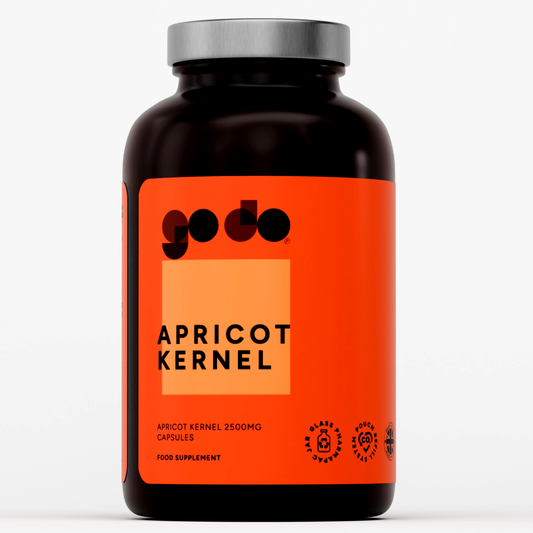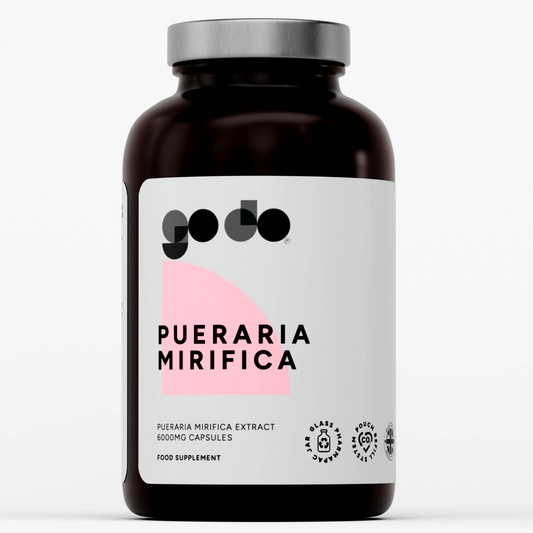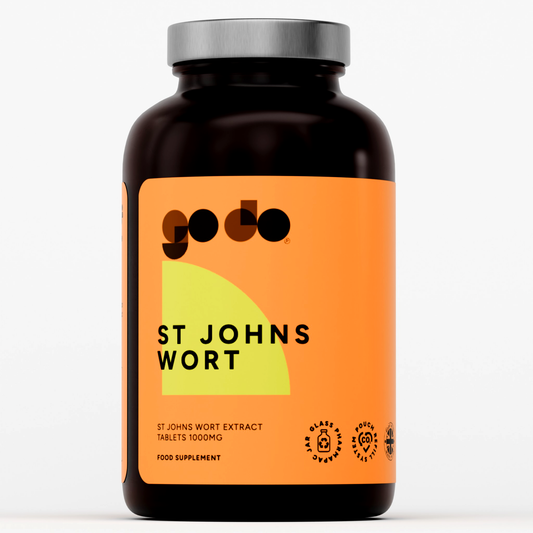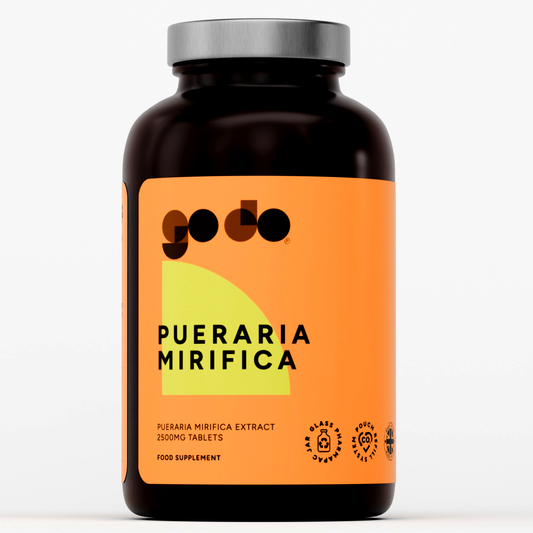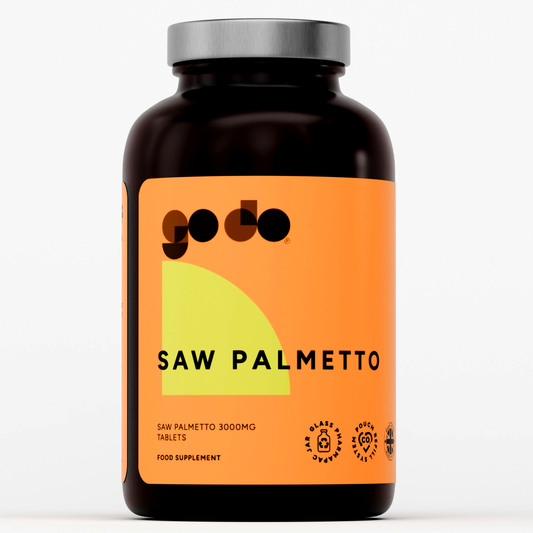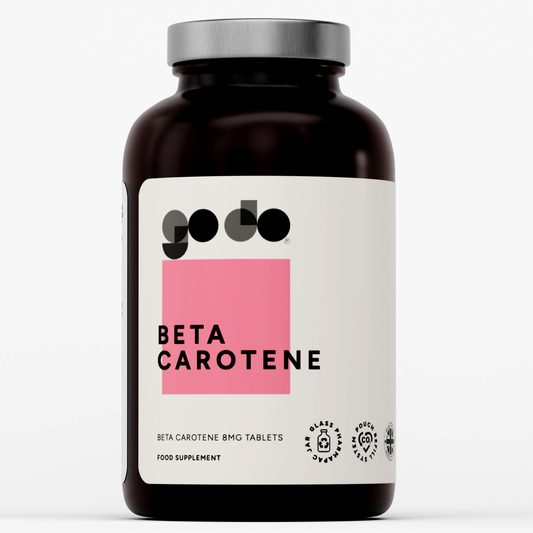Introduction to Nitric Oxide in Blood
Nitric oxide (NO) stands as one of the most important signaling molecules in the human cardiovascular system, fundamentally transforming our understanding of blood vessel function and cardiovascular health. This simple gaseous molecule, composed of just one nitrogen and one oxygen atom, plays a revolutionary role in regulating blood flow, preventing blood clots, and maintaining optimal cardiovascular function throughout the body.
The discovery of nitric oxide's biological functions represents one of the most significant breakthroughs in cardiovascular medicine, earning the 1998 Nobel Prize in Physiology or Medicine for researchers who uncovered its vital role as a signaling molecule. This recognition highlighted how a molecule once considered merely an environmental pollutant actually serves as a crucial regulator of cardiovascular health and blood function.
Understanding nitric oxide's effects on blood provides insights into numerous cardiovascular conditions and therapeutic approaches that can optimize vascular health. From its role in blood vessel dilation to its effects on blood clotting and immune function, nitric oxide influences virtually every aspect of cardiovascular physiology in ways that directly impact health, performance, and longevity.
The production and function of nitric oxide in the blood represents a complex but fascinating system that demonstrates the intricate relationships between molecular biology and cardiovascular health, offering opportunities for both therapeutic intervention and lifestyle optimization that can dramatically improve cardiovascular outcomes.
The Science of Nitric Oxide Production
Endothelial Nitric Oxide Synthesis
Nitric oxide production in the blood begins primarily in the endothelium, the thin layer of cells that lines the interior of blood vessels throughout the cardiovascular system. These endothelial cells contain specialized enzymes called nitric oxide synthases (NOS) that convert the amino acid L-arginine into nitric oxide through a complex biochemical process that requires several cofactors and optimal cellular conditions.
The primary enzyme responsible for vascular nitric oxide production is endothelial nitric oxide synthase (eNOS), which is activated by various stimuli including blood flow, exercise, certain nutrients, and hormonal signals. When activated, eNOS converts L-arginine and oxygen into nitric oxide and L-citrulline, with the process requiring cofactors including tetrahydrobiopterin (BH4), NADPH, and flavin adenine dinucleotide (FAD).
The production of nitric oxide is directly influenced by the health and function of endothelial cells, which can be compromised by factors such as aging, poor diet, lack of exercise, smoking, chronic stress, and various disease states. When endothelial function is impaired, nitric oxide production decreases significantly, leading to reduced vascular health and increased cardiovascular disease risk.
Shear stress from blood flow represents one of the most important natural stimuli for nitric oxide production, creating a beneficial feedback loop where healthy blood flow promotes nitric oxide production, which in turn supports optimal circulation. This relationship explains why regular exercise, which increases blood flow and shear stress, enhances nitric oxide production and cardiovascular health.
Alternative Pathways for Nitric Oxide Formation
Beyond the classical L-arginine pathway, the body has developed alternative mechanisms for nitric oxide production that become particularly important when endothelial function is compromised or when oxygen levels are reduced. These alternative pathways provide important backup systems for maintaining nitric oxide availability under various physiological conditions.
The nitrate-nitrite pathway represents a crucial alternative route for nitric oxide production, particularly during exercise or in low-oxygen conditions. Dietary nitrates from foods like beetroot, leafy greens, and celery are converted to nitrites by bacteria in the mouth, then further converted to nitric oxide in the acidic environment of the stomach and in tissues with low oxygen levels.
This nitrate-nitrite pathway becomes increasingly important as we age or when endothelial function declines, providing a dietary means of supporting nitric oxide production independent of endothelial cell function. The pathway is particularly active during exercise when tissue oxygen levels decrease and pH drops, creating optimal conditions for nitrite conversion to nitric oxide.
Enzymatic nitrite reduction can occur through various pathways including xanthine oxidoreductase, aldehyde oxidase, and cytochrome c oxidase, each becoming active under different physiological conditions. These enzymes can convert nitrite to nitric oxide in tissues throughout the body, providing localized nitric oxide production where it's needed most.
The bacterial component of nitric oxide production highlights the importance of oral health and the oral microbiome in cardiovascular function, as certain bacteria are essential for converting dietary nitrates to nitrites. This connection explains why antibacterial mouthwashes can actually impair cardiovascular health by disrupting this important conversion process.

Direct Effects on Blood Vessels
Vasodilation and Blood Flow Regulation
The most well-known and clinically significant effect of nitric oxide on blood is its powerful ability to cause vasodilation, the relaxation and widening of blood vessels that allows for increased blood flow and reduced blood pressure. This vasodilatory effect occurs through nitric oxide's action on smooth muscle cells surrounding blood vessels, triggering a cascade of molecular events that result in muscle relaxation.
When nitric oxide is released from endothelial cells, it quickly diffuses into the smooth muscle cells of blood vessel walls where it activates the enzyme guanylyl cyclase. This activation leads to increased production of cyclic GMP (cGMP), a secondary messenger that triggers smooth muscle relaxation through a series of protein kinase activations and calcium regulation mechanisms.
The vasodilatory response to nitric oxide is rapid, occurring within seconds of release, and affects blood vessels throughout the body from large arteries to tiny capillaries. This widespread effect means that nitric oxide simultaneously influences blood pressure, organ perfusion, and tissue oxygenation throughout the cardiovascular system.
The magnitude of vasodilation depends on various factors including the baseline tone of blood vessels, the amount of nitric oxide produced, and the sensitivity of smooth muscle cells to nitric oxide signaling. Healthy blood vessels with good endothelial function can achieve substantial vasodilation in response to nitric oxide, while diseased vessels may show blunted responses.
Blood flow regulation through nitric oxide represents a sophisticated system that responds to metabolic demands, with increased nitric oxide production occurring when tissues need more oxygen and nutrients. This demand-responsive system ensures that blood flow is directed where it's needed most while maintaining optimal circulation throughout the body.

Endothelium-Dependent Relaxation
The concept of endothelium-dependent relaxation revolutionized our understanding of blood vessel function, revealing that the endothelium is not merely a passive barrier but an active regulator of vascular tone and blood flow. This discovery showed that healthy endothelial cells continuously produce nitric oxide in response to various stimuli, maintaining optimal blood vessel function.
Endothelium-dependent relaxation can be triggered by numerous factors including increased blood flow (flow-mediated dilation), certain hormones, neurotransmitters, and chemical mediators. The ability of blood vessels to respond appropriately to these stimuli through nitric oxide-mediated relaxation is considered a key marker of cardiovascular health.
Flow-mediated dilation represents one of the most important forms of endothelium-dependent relaxation, where increased blood flow creates shear stress on endothelial cells, stimulating nitric oxide production and subsequent vasodilation. This mechanism allows blood vessels to adapt their diameter to match blood flow demands automatically.
The assessment of endothelium-dependent relaxation has become an important clinical tool for evaluating cardiovascular health, with impaired responses indicating endothelial dysfunction and increased cardiovascular disease risk. Tests measuring flow-mediated dilation provide valuable insights into nitric oxide production capacity and overall vascular health.
Loss of endothelium-dependent relaxation is one of the earliest signs of cardiovascular disease, often occurring before structural changes in blood vessels become apparent. This early dysfunction represents a critical window for intervention through lifestyle modifications and treatments that can restore nitric oxide production and endothelial function.

Microcirculation and Capillary Function
Nitric oxide's effects on microcirculation and capillary function represent crucial but often overlooked aspects of cardiovascular health that directly impact tissue oxygenation and nutrient delivery at the cellular level. The microcirculation, consisting of arterioles, capillaries, and venules, is where the actual exchange of oxygen, nutrients, and waste products occurs between blood and tissues.
In the microcirculation, nitric oxide helps regulate capillary perfusion by controlling the tone of precapillary sphincters and arterioles that determine which capillary beds receive blood flow. This regulation ensures that metabolically active tissues receive adequate blood supply while maintaining efficient circulation throughout the capillary network.
Nitric oxide also influences capillary permeability, affecting how easily substances can move between blood and tissues. This permeability regulation is crucial for maintaining proper fluid balance while allowing necessary exchange of nutrients and waste products. Appropriate nitric oxide levels help maintain optimal capillary barrier





